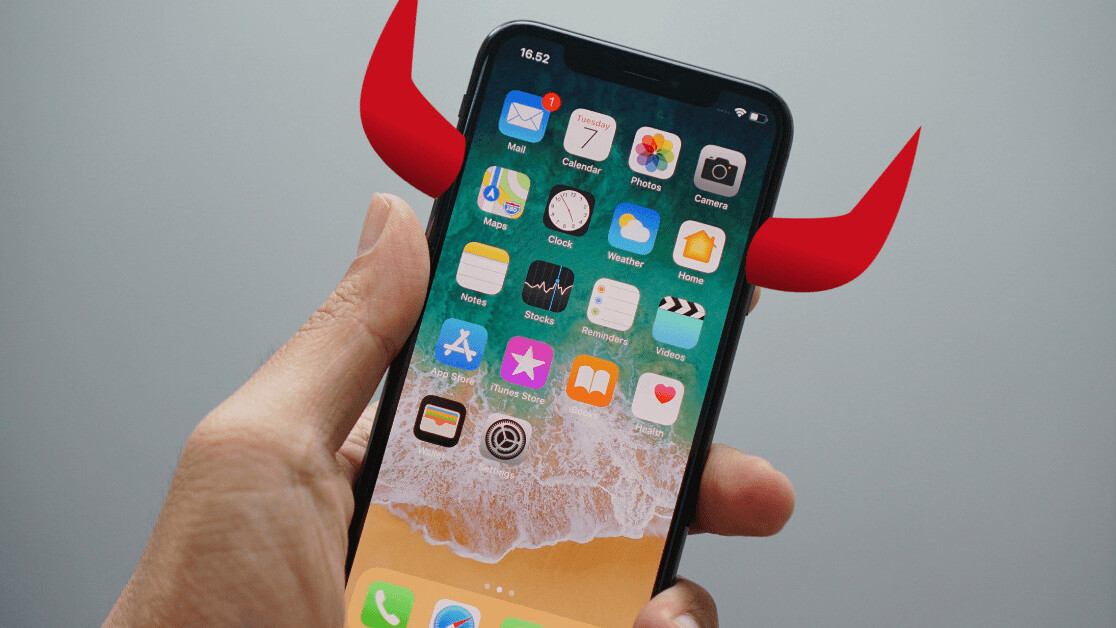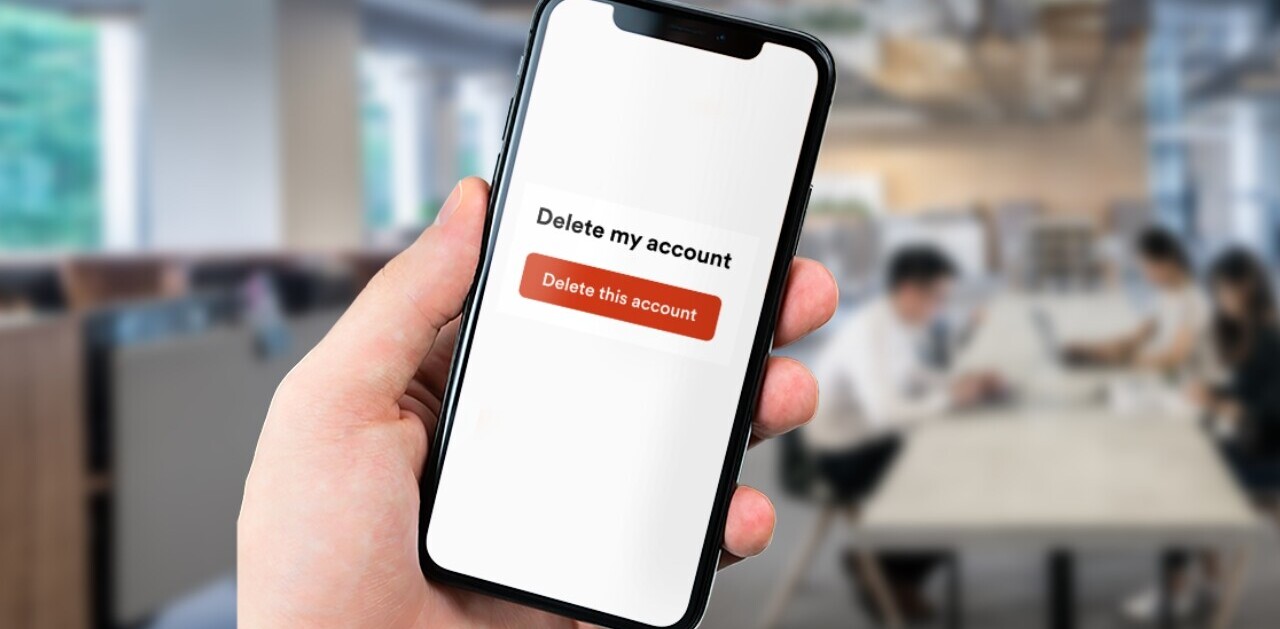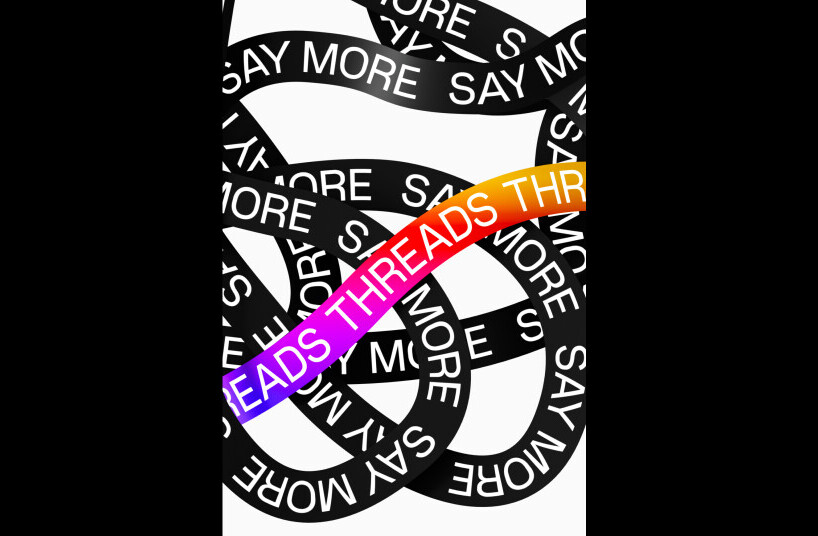
“I had a baby and I realized there was a couple of nights where I would find my daughter looking up at me and I would be looking down at my phone.” This is what led science journalist, Catherine Price, to write her book How To Break Up With Your Phone, a practical, hands-on plan on creating a healthier relationship with your phone. Price will be speaking at our conference in May where she’ll be talking about her book and how to fix a phone addiction.
On average, people spend four hours on their phone every day, be that constantly refreshing Instagram, watching endless videos on Youtube, or browsing the web filled with unlimited information — we’re addicted to our phones, but it’s not all our fault.
“There is a subcategory of apps that are designed to addict us,” Price told TNW. “These are apps that make money off of stealing our attention like Facebook, Instagram, dating apps, or news apps. Anything that’s free to use, you should be highly suspicious of.”
Apps are designed to manipulate our brain chemistry to make us stay on their platform for as long as possible because that’s what benefits their bottom line. Everything you see on an app is a result of a human decision and is carefully designed to keep you hooked for hours on end.
“The notification badge is a very specific shade of red, it’s an alarm color, it’s the color of blood, it’s a poisonous berry. It’s very deliberately chosen,” says Price.”They’re controlling the way we live our lives. But the more we know about those manipulative techniques, the more we’ll be able to decide how we actually want to behave and how much control we’ll get, therefore, creating a healthier relationship with your phone.”
The science behind phone addiction
The first ever push notification was introduced by Blackberry in 2003. This kind of notification was seen as a way for people to check their phone less. But today, the opposite happened, push notifications can be received from almost every app — whether that’s Facebook suggesting a “friend” to add, Pinterest telling you someone saved your Pin, or Amazon saying you have items in your basket — it feels impossible to escape the temptation, and that’s because it sort of is, according to science.
Apps like Instagram, Facebook, and Twitter manipulate the dopamine system in our brains — this is the chemical brains release when we experience something deemed as worth doing again. “What many of us don’t recognize, is that this system is extremely vulnerable to being hacked by people who want to design products that will hook us,” Price explains.
Price says the best analogy to understand phone addiction is through slot machines. The way apps operate and keep users coming back is the same logic behind slot machines, and it’s effective. Slot machines make more money in the US than baseball, movies, or theme parks combined. Some apps even replicate the process of pulling a slot machine lever with the “swipe to refresh” feature on apps like Instagram. This is a conscious design choice, apps are now capable of continually creating content with features like the non-chronological timeline, but the “swipe” action provides an addicting illusion of control over that process.
“This should be concerning to people because slot machines are widely considered to be the most addictive machines ever invented,” Price explained. “But if you understand the tricks that grab your attention, you can learn to have a healthier relationship with your phone.”
There’s a number of triggers that will get our brains to release dopamine and our phones incorporate a lot of them. For example, dopamine is released when we see bright colors on our screens or hear noises from our phones in response to an action, like the “swoosh” sound when you send a text — basically, all the time.
“The biggest dopamine trigger is the anticipation and the unpredictability of something, like checking our phones. Obviously you never know what you’re going to find when you check your phone. It could be nothing, it could be something good, it could be something stressful — our brains actually really like the unpredictability.”
Push notifications from apps like Facebook simulate the feeling of social interaction to get you to spend more time on its platform but it’s retraining us to be easily distracted, like children.
Curbing your phone addiction
Luckily, there is a way to kick the addiction, which is detailed in Price’s book. “Identify your goal and figure out the parts you love about your phone and the things you don’t.”
“Secondly, start to pay more attention to how and when you use your phone. It’s not possible to change a habit if you don’t realize you’re engaging in it.” Price added: “Try to catch yourself when you reach for your phone. To do this, I recommend people putting a rubber band around their device so they think ‘why do I have rubber band around my phone?’ and then you realize, ‘Oh, I’ve just reached for it without needing anything from it.’” Also, customizing your lock screen image is a great way to make sure that when you make it past that lock screen and spend time on your phone, it’s the result of a deliberate choice.
On Price’s website, there’s a free seven-day online challenge that you can sign up for. Price believes we’ll never have a perfect relationship with our phone: “But it’s about taking a step back to have a clear sense of what a healthy relationship looks like and catch yourself when you’re sliding off-track.”
At TNW 2019, we have a whole track dedicated to exploring the Future of Work and how it’s evolving with technology. If you’re interested in finding out more about creating a healthier relationship with your phone, Catherine Price will be speaking on this track. Come join us in May!
This post includes affiliate links to products that you can buy online. If you purchase them through our links, we get a small cut of the revenue.
Get the TNW newsletter
Get the most important tech news in your inbox each week.





